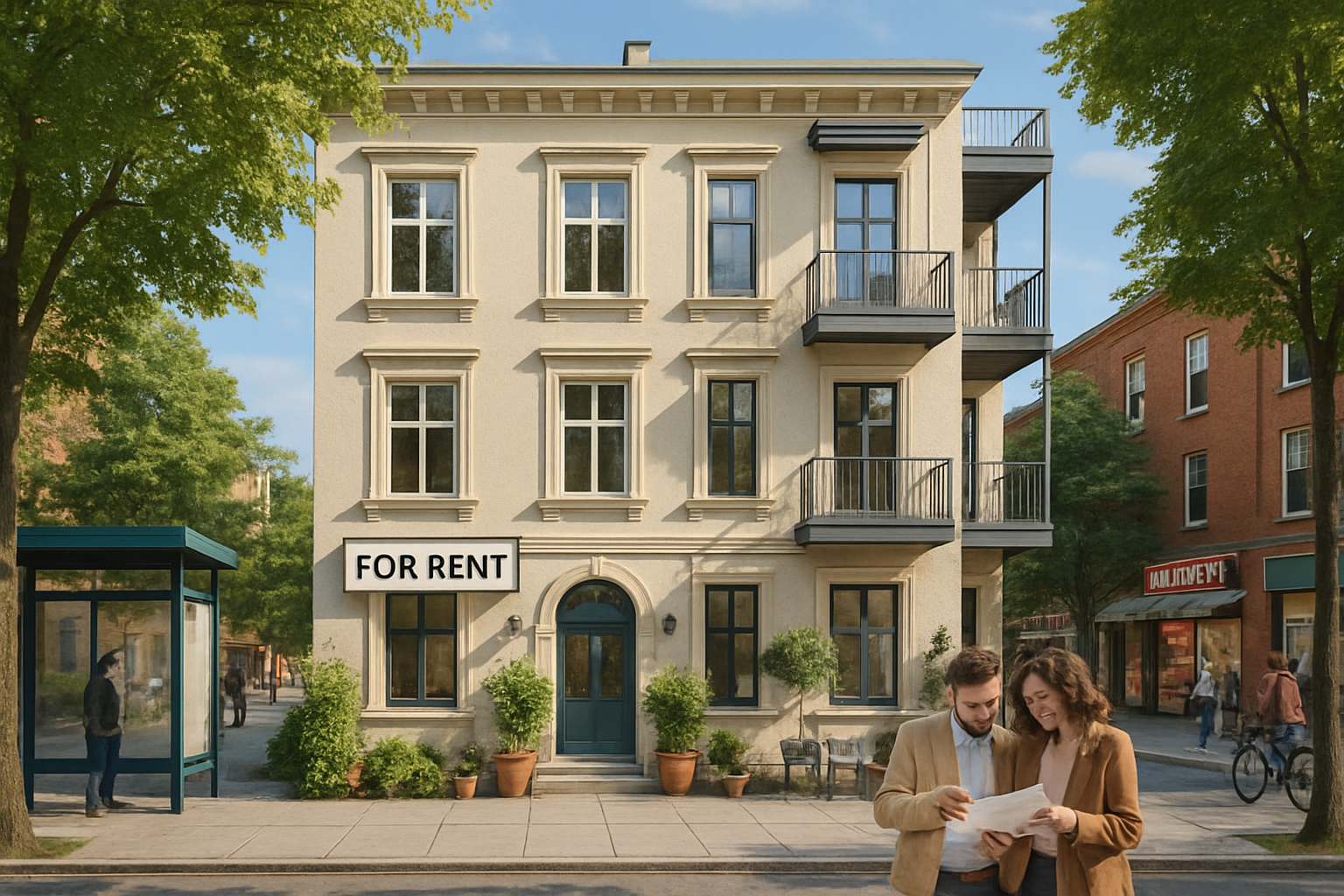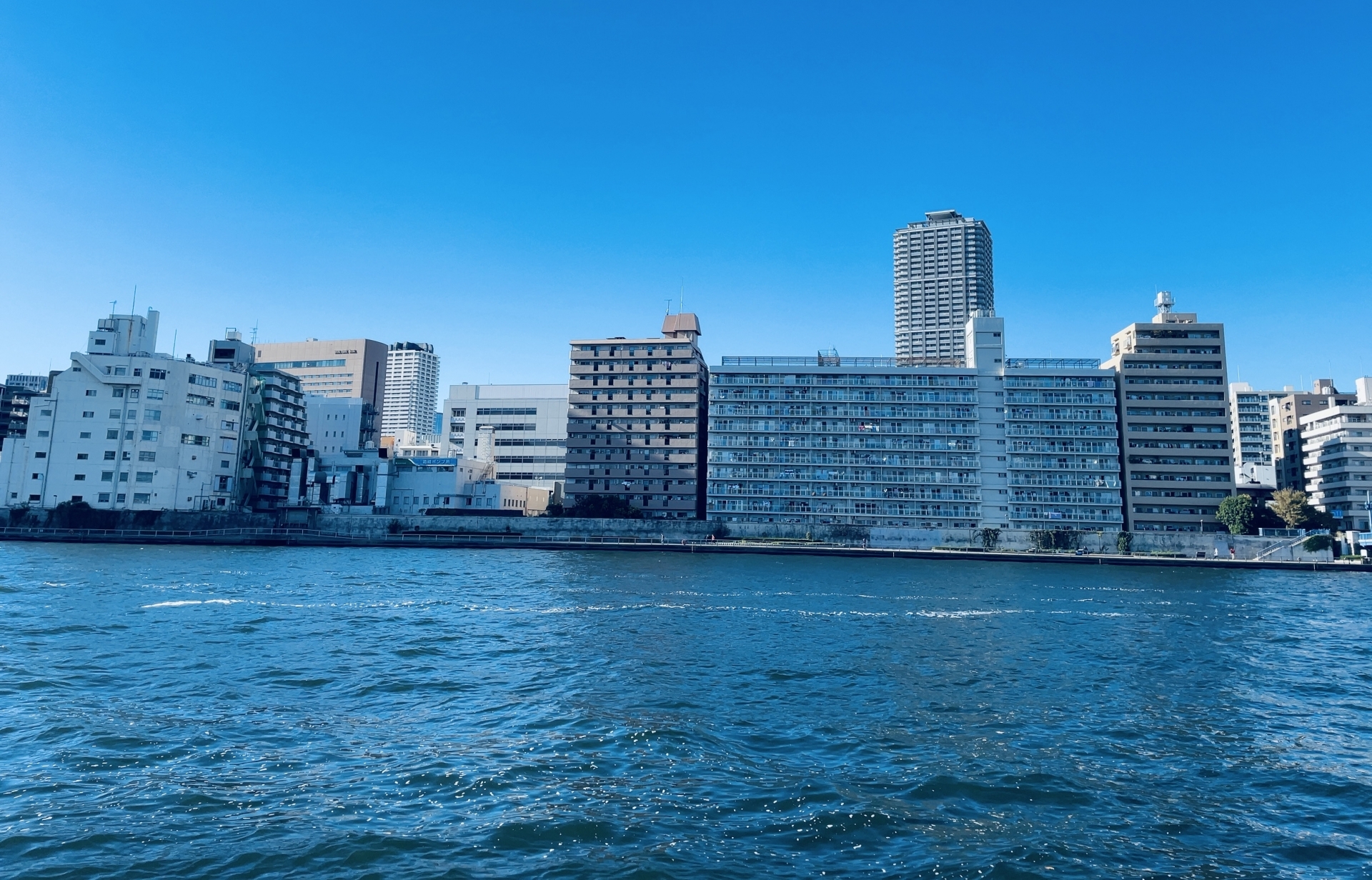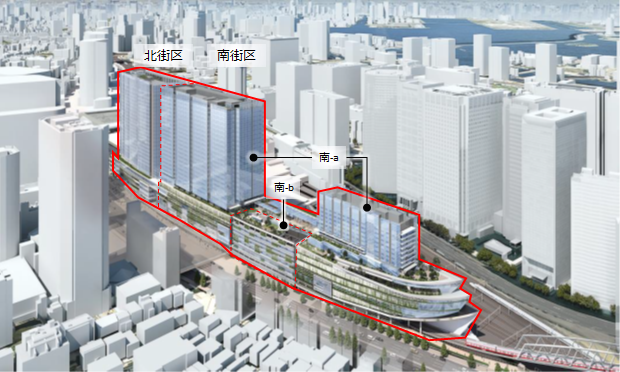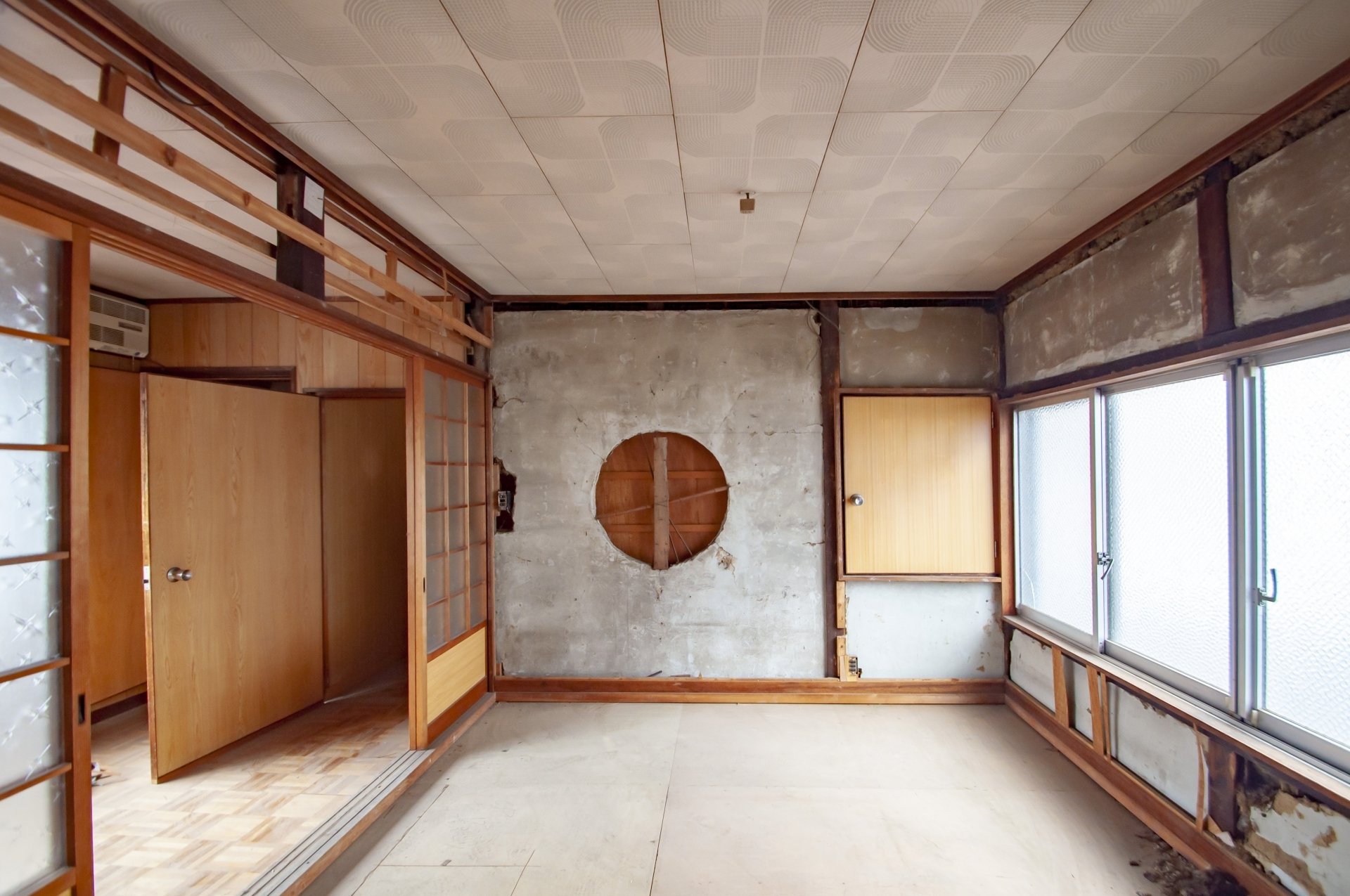Real estate investment is attracting attention as an attractive asset management tool that provides a stable source of income through monthly rental income. In particular, properties in urban areas where demand is high have low vacancy risk, and rental income tends to increase in line with inflation, so they can be expected to serve as inflation hedges. In addition, since asset value can be increased by long-term holding and capital gains can be expected in the future, many people are investing in real estate for the purpose of building assets for retirement and securing a stable income. 1. Introduction (Purpose)
So how much profit can you actually earn from real estate investment? According to data from the IRS, the average take-home income (annual profit after taxes) of an apartment manager is approximately 5.21 million yen. However, the amount of profit varies greatly depending on the size of the property, loan availability, and expenses. This article provides a professional and structured explanation of the profit structure and revenue model in real estate investment, and helps beginners to understand the quantitative profitability of real estate investment. Let's look at each element in turn, including rental income, operating costs, loan repayments, and taxes.
2. profit structure (classification of income and expenses)
Profits from real estate investment are determined by subtracting "income" from "expenses. First, let's sort out the main items of income and expenses. Income includes regular income that is earned every month without fail, and one-time income that occurs at the time of contract, etc. On the other hand, expenses also include the cost of purchasing a property. Expenses, on the other hand, can be broadly classified into initial costs incurred when purchasing a property and running costs (operating expenses) that are incurred continuously while the property is held.
-
Income Gain: Monthly rental income is the main source of income. Depending on the property, common service charges and parking fees may also generate income. Key money (lump-sum payment from the tenant) and renewal fees at the time of contract renewal may also be received. In addition, in some cases, other income associated with the property, such as sales from vending machines on the premises and income from solar power sales, may also be earned.
-
Examples of Expenses (Expenses/Costs): Ongoing costs include property taxes, city planning taxes, fire insurance premiums, building management fees, management fees (fees to management companies), reserve for repairs and maintenance fees, and utilities (common areas). If a loan is used, loan repayment (principal + interest) is a major monthly expense. Expenses that arise as needed include advertising fees for recruiting tenants, brokerage fees to real estate companies, repair costs when facilities break down, restoration costs when vacating, and in some cases, eviction fees and demolition costs for dilapidated buildings are also expenditures that should be considered.
As described above, there are various items in both income and expenses, and the timing of their occurrence can be either regular or irregular. The profit structure of a real estate investment is "total income - total expenses," and this calculated on an annual basis can be called the property's operating income (profit before taxes) for the year. Maximizing income and optimizing expenses are the keys to increasing the final profit. 3.
3. the difference between surface yield and real yield
Yield is often used as an indicator to measure the profitability of real estate investment. Yield indicates the ratio of income to the investment amount and is used as a guideline for property selection. The two most common types are the surface yield (gross yield) and the real yield (net yield). It is important to accurately understand the difference between the two, as the calculation methods and expense items taken into account differ, and the meaning of the numbers can vary greatly.
-
The surface yield is the ratio of annual rental income to the property price without taking expenses into account. The formula is simple and is as follows
Surface Yield (%) = (Annual Rental Income ÷ Property Purchase Price) × 100For example, if the property is priced at 20 million yen and the annual rental income is 1.2 million yen, the surface yield is 6%. Surface yield is often displayed in real estate advertisements and on portal sites because it is easy to calculate and intuitively understand. However, the major drawback is that it does not take into account any expenses such as taxes, management fees, and repair costs. Even if "8% yield" looks attractive in an advertisement, it should be noted that it is a gross (surface) figure and not the actual take-home yield.
-
The real yield is a more realistic indicator of profitability, as it takes into account the expenses required to maintain the property and the initial cost at the time of purchase. The formula is as follows
Real Yield (%) = (Annual Rental Income - Annual Expenses) ÷ (Purchase Price + Initial Expenses) × 100Annual expenses include property taxes, management fees, reserve for repairs, fire insurance, rental management fees, and estimated vacancy loss. Initial expenses such as real estate brokerage fees, registration and license tax, and real estate acquisition tax at the time of property acquisition are also added to the investment amount. The real yield is more complicated to calculate than the surface yield, but it is an indicator that is closer to the actual rate of return available to investors. Since it takes into account all the various costs, it provides a more realistic earnings projection. For example, it is not uncommon for a property with a surface yield of 8% to have a real yield of 5% after deducting expenses.
Although the surface yield can be used as a guide to look at the general profitability of a property, the real yield should be emphasized in making an actual investment decision. In particular, when comparing multiple properties, it is possible to make a more appropriate choice by comparing them on a real yield basis. In many cases, general advertisements only list surface yields, so investors must gather information and calculate real yields on their own. Since it is difficult to accurately predict future repair costs and vacancy rates, real yields are also subject to uncertainty, but calculating real yields by factoring in one's own assumed expenses will help reduce risk. 4.
4. cash flow and its importance
While yield is a performance indicator of an investment, cash flow is a practical measure of the health of an investment. Cash flow refers to the cash remaining on hand after deducting all expenses such as loan repayments, management fees, and property taxes from income such as rental income. In other words, cash flow is the "money ultimately remaining on hand," and is an important figure for determining whether a real estate investment is sustainable.
The basic formula for cash flow is as follows
Cash flow = rental income - operating expenses - loan repayments (principal + interest)
For example, if your monthly rental income is 150,000 yen and your total monthly expenses, including management fees and loan repayments, are 120,000 yen, the remaining 30,000 yen will be your cash flow for the month. This plus 30,000 yen is the profit that actually remains with you, and within this range, you can handle unexpected expenses.
It is very important to have a positive cash flow (profitable operation). If your expenses are more than your rental income and your cash flow is negative, you will have to continue to make up the shortfall every month from your own funds, and your cash flow will become tight. This situation will not last long, and in the worst case, you may have to let the property go. Therefore, it is a prerequisite for beginners to conduct income/expense simulations at the pre-purchase stage to confirm that the plan is sure to generate positive cash flow.
A property with a positive cash flow has the following advantages
-
Stable cash management: You will have enough cash on hand after deducting expenses from rental income, making it easier to deal with sudden repair expenses, etc.
-
Improved evaluation by financial institutions: Properties that consistently generate a profit are more likely to receive additional financing, which may lead to the next expansion of the investment.
-
Maintain asset value: A healthy monthly income and expenditure will give you the capacity to properly maintain and manage the property, preventing deterioration of the building and facilities and, as a result, making it easier to maintain the property's value.
On the other hand, while yields are useful for comparing investment properties and for estimating profitability, they may not take into account whether or not a loan is used or the cost structure. Beginners, in particular, should be careful as they tend to confuse yield and cash flow. Even if the yield is high, it is meaningless if the balance after loan repayment is negative. Conversely, even if the yield is low, a healthy cash flow may be obtained if the loan repayment burden is reduced by increasing the self-financing ratio. In short, it is essential to evaluate the profitability of an investment in terms of both yield (rate of return) and cash flow (cash balance). Especially for real estate investments that are intended to be held for the long term, stable cash flow is the key to continuous operation.
5. the concept of after-tax profit
Taxes must not be forgotten when discussing real estate investment profits. Since income tax and inhabitant tax are imposed on the profit remaining after expenses are deducted from rental income, it is necessary to consider the final net income after taxes. This is where the concepts of pre-tax profit andafter-tax profit come into play.
-
Pre-tax profit = annual rent income - expenses (management, repair, advertising, property tax, etc.) - expenses at the time of purchase (brokerage fee, real estate acquisition tax, etc.) - loan interest - depreciation
-
After-tax profit = Income before income taxes - Income and inhabitant taxes
In layman's terms, pre-tax profit is the real estate income (taxable income) subject to tax calculation , and after-tax profit is the profit that actually remains on hand. Real estate income is subject to income tax (at the excess progressive tax rate) and inhabitant tax (at a flat rate of 10%) in addition to other income for the year. For example, if the pre-tax profit is 1,000,000 yen, the after-tax profit will be 800,000 yen if 200,000 yen is paid for income tax and inhabitant tax. It is important to grasp the final net income on an after-tax basis.
Depreciation is an expense unique to real estate investment. Depreciation is the allocation of the purchase value of buildings and equipment over their useful lives and is a non-cash expense that does not involve an actual cash outlay. When depreciation is expensed, taxable income (pre-tax income) is reduced and tax payments are reduced, while cash on hand is not reduced. For example, after-tax cash flow (cash balance remaining on hand) is calculated by adding depreciation to after-tax income and subtracting the principal repayment on the loan. Specifically:.
After-tax cash flow = after-tax profit + depreciation - loan principal repayment
Note that there is a difference between accounting profit and actual cash flow. It is possible to have a small book profit but a large amount of cash on hand due to depreciation, and vice versa. In some cases, especially for individual real estate investors, if depreciation results in a loss in real estate income, the loss can be aggregated with other income, such as employment income, to save on taxes. In general, when considering after-tax income, it is important to grasp the income on a residual basis, taking into account "how much tax will be deducted" and "to what extent the taxable amount can be controlled through depreciation and other means.
6. simulation of the earnings model (on a formula basis)
Based on the above, let's simulate the earnings model of a real estate investment with a simple numerical example. In the following, we will calculate income and expenses for a hypothetical property, from surface yield to final cash flow (actual investment decisions require detailed property-specific simulations, but a simple model case is presented here for conceptual understanding).
▼ Model Conditions
Property price: 20 million yen / Self-financing (down payment): 6 million yen, Loan: 14 million yen (loan interest rate: 2%, loan term: 20 years) / Monthly rental income: 100,000 yen /& nbsp; Estimated annual expenses: 300,000 yen (property tax, management fee, etc.) / Initial cost at the time of purchase: 5% of the property price (taken into account here but recorded separately)
▼ Simulation Calculation:.
-
Calculation of annual rental income: Assuming full occupancy at 100,000 yen per month, annual rental income would be 100,000 yen × 12 months = 1.2 million yen.
-
Calculation of surface yield: Since the annual rental income is 1.2 million yen for a property value of 20 million yen, the surface yield would be 1.2 million yen ÷ 20 million yen × 100 = 6%.
-
Calculation of actual yield: Assuming that annual expenses cost 300,000 yen, the annual rent after deducting expenses is 1.2 million yen - 300,000 yen = 900,000 yen. If the initial cost (brokerage fee, etc.) at the time of purchase is 1,000,000 yen (5% of the property price), for example, the total investment amount would be 21,000,000 yen. In this case, the actual yield is 900,000 yen ÷ 21,000,000 yen × 100 ≈ 4.3% (a more realistic yield index that includes expenses). This indicates that the surface yield is reduced by approximately 1.7 percentage points from 6% due to expenses.
-
Calculation of annual loan repayment: Assuming a loan principal of 14 million yen with an interest rate of 2% and equal repayments of principal and interest over 20 years, the total annual loan repayment would be approximately 840 ,000 yen. Assuming that the interest portion of the loan is approximately 280,000 yen and the principal repayment is approximately 560,000 yen.
-
Calculation of annual cash flow (before tax): Subtracting annual expenses of 300,000 yen and loan repayment of 840,000 yen from annual rental income of 1.2 million yen, the cash remaining on hand would be 1.2 million yen - 300,000 yen - 840,000 yen = +60,000 yen. This is an increase of 60,000 yen per year (= about 5,000 yen per month). This 60,000 yen is the pre-tax cash flow for the year.
-
Adjustment to after-tax income: In the above case, after deducting expenses and loan interest, the profit is approximately 620,000 yen (300,000 expenses + 280,000 interest deducted). Assuming that the building can be depreciated to 200,000 yen, for example, the taxable income would be 420,000 yen, and the total income tax and inhabitant tax would be approximately 60,000 yen (about 15%), the after-tax profit would be approximately 360,000 yen. Subtracting the principal repayment of 560,000 yen from that amount and adding back the depreciation of 200,000 yen, the annual after-tax cash flow would be about 60,000 yen, the same as before (* Thus, it can be confirmed that the final cash on hand remains the same even after including tax effects).
▼ Discussion of simulation results:.
In the above model, the calculation shows that the annual cash flow (before tax) of 60,000 yen is obtained by investing 6 million yen of one's own funds. Note that while the surface yield of 6% is impressive, the amount of money actually remaining in hand is only about 0.3% (60,000 yen) per year. This is because the principal is being repaid at the same time as the loan repayment, and although the cash flow is small, the loan principal is steadily being reduced. Since principal repayment leads to an increase in the investor's assets (property equity), it can be said that even though the cash profit on hand is small, the overall assets are increasing net assets by 560,000 yen each year. Thus, when a loan is utilized, it is necessary to consider the return in terms of both the cash income/expense and the increase in assets on the balance sheet.
In addition, in this case, we assumed a 0% vacancy rate (fully occupied), but in reality, rental income will decrease if vacancy periods occur due to move-ins and move-outs. Also, repair costs are not necessarily constant every year, and large expenditures may be incurred for large-scale repairs every few years. Considering such uncertainties, it is important to have a sufficient margin in the simulation stage (e.g., assumed vacancy rate of X% and reserve for repairs) as a safety measure. Although the model in this case showed just barely a surplus, in order to have a sufficient margin, it would be necessary to further increase the amount of own funds to reduce loan repayments, or to select a high-yield property with high rental income in relation to the property price. In any case, by understanding the profit model based on numerical simulations, it is possible to realistically estimate "how much money you can make.
7. points that beginner investors should pay attention to
Finally, we will summarize the points that beginners should pay attention to in order to increase profits from real estate investment. While understanding and simulating the profit structure is important, actual operation requires various risk management and planning.
-
Prepare for vacancy risk: Vacancy periods, when there are no tenants, are inevitable in rental management. Vacancies will result in zero rental income, which directly affects cash flow and can be a major blow. Vacancy rates fluctuate depending on local demand trends, so it is important to choose an area with a good balance between supply and demand when selecting a property, and to regularly renovate and maintain the attractiveness of the property while occupied. Although the risk of vacancy cannot be completely eliminated, the impact should be minimized through income and expenditure planning with sufficient vacancy margins and advertising strategies to attract customers as soon as possible.
-
Misestimation of expenses: Underestimating running costs such as property taxes, insurance premiums, and repair costs will result in lower actual yields than planned. In particular, older properties tend to have higher repair and maintenance costs, so it is easy to make the mistake of buying an older property because of its high yield, only to have the repair costs blow away your profit. Beginners should carefully calculate their income and expenses, including insurance premiums and taxes, by thoroughly identifying all possible expenses before acquiring a property. It is also advisable to always have some buffer (reserve funds) in your cash flow in case of unexpected expenses (equipment breakdowns, disasters, etc.) that you have not included in your estimates.
-
Do not make decisions based solely on surface yield: As mentioned above, surface yield is merely an indicator that ignores expenses. If you jump on an advertised figure and buy, you may not actually make as much money as you think. Be sure to make a habit of judging by the real yield and the amount of money remaining in your pocket based on simulations. In particular, be wary of sublease contracts and income-producing properties that claim high yields, as they may not be profitable when you look at the expenses and contract terms later.
-
Borrowing interest rate and repayment plan risk: If you take out a loan, you should also be aware of interest rate fluctuations and repayment burdens. With a variable-rate loan, there is a risk that cash flow will be squeezed due to increased expenses when interest rates rise in the future. If the loan-to-value (LTV) ratio is too high, you will quickly find yourself breaking even when rents fall or interest rates rise. It is important for beginners to make a reasonable borrowing plan and keep the amount of borrowing within the range of interest rate rise resistance. For example, when interest rates rise, it is difficult to pass on the increased repayment amount to rents, so it is safer to simulate from the beginning that you can maintain profitability even if interest rates rise +1-2% above the assumed rate.
-
Liquidity and long-term perspective: Real estate is less liquid (easier to sell) than stocks, etc., and you may not be able to sell immediately when you want to sell, or you may not be able to sell at or above the purchase price depending on market conditions. Therefore, flip investments that generate profits from short-term resales are suitable for advanced investors, and beginners should plan their income based on the premise of long-term holdings. With long-term investment, it is possible to wait for an upturn in the economic cycle while covering for temporary recessions or fluctuations in real estate prices with rental income. Of course, long-term strategies, such as capital investment to maintain the competitiveness of the property, are necessary, but a steady profit requires an attitude of investing from the hip.
-
Risk Diversification and Insurance: Investments are always risky, so take steps to manage risk. For example, as funds become available, diversifying investments across multiple properties can reduce the impact of a specific property's failure. Diversifying by region and property type is also effective. It is also important to have appropriate insurance coverage such as fire insurance, earthquake insurance, and homeowner's liability insurance. Insurance is the last bulwark against major risks (disasters and accidents). In addition, utilizing the wisdom of experts, such as the help of a company specializing in property management, or consulting a tax accountant or FP for advice on tax reduction and financial planning, can also help reduce risk.
By carefully and systematically managing real estate based on the above points, even beginners in real estate investment can steadily accumulate profits while avoiding major mistakes.
8. summary and future prospects
This article has comprehensively explained the structure and calculation method of profit in real estate investment, from the breakdown of income and expenses to yields, cash flows, and after-tax profits. In order to correctly estimate "how much money you will make" from real estate investment, it is important to quantitatively understand not only the superficial indicators but also the actual amount of money remaining and risk factors. Beginners should simulate income and expenses using the model introduced here and apply it to their own investment plans. With accurate knowledge and a plan based on numbers, you should be able to eliminate any vague anxiety and visualize realistically the returns you can obtain in the future.
For future prospects, it is also important to keep an eye on the environment surrounding the real estate market. In recent years, there has been discussion in Japan about changing the low interest rate policy, and if interest rates rise in the future, the profit structure of real estate investment may change as well. It has been pointed out that when interest rates rise, it will become more difficult to procure low-cost financing as in the past , and there is a risk that the profitability of real estate investment will be squeezed. In particular, investments with a high borrowing ratio require caution, as even a slight rise in interest rates could increase the interest burden and lower the profit margin. On the other hand, property prices themselves may come under downward pressure due to rising interest rates, and there may be occasions when new investors will have opportunities to acquire properties at a discount. In addition, due to demographic changes in Japan, differences in rental demand by area are expected to emerge. While stable income can be expected in areas where the population continues to be concentrated in urban areas, there may be situations where vacancy risk increases in areas where the population is declining, even if the yield appears high. Therefore, in order to be successful in the future, it is important to adjust strategies flexibly while keeping a close eye on market trends and interest rate trends.
In conclusion, the key to profitable real estate investment lies in "careful income/expense calculation" and "prudent risk management. Real estate investment is said to be a middle-risk, middle-return asset management strategy, and if you have the right knowledge and strategy, it will play a major role in securing a stable income and building assets. Regardless of how the economic environment may change in the future, you should be able to make decisions and respond according to the situation based on the basic principles of the profit structure as described in this paper. For those of you who are just starting out in real estate investment, I urge you to take steady steps forward by drawing up a profit model from a long-term perspective. Armed with knowledge, real estate investment will be a reassuring ally in building your wealth.

Daisuke Inazawa
Representative Director of INA&Associates Inc. Based in Osaka, Tokyo, and Kanagawa, he is engaged in real estate sales, leasing, and management. He provides services based on his extensive experience in the real estate industry. Based on the philosophy that “human resources are a company's most important asset,” he places great importance on human resource development. He continues to take on the challenge of creating sustainable corporate value.

.png)













